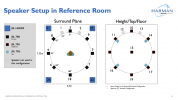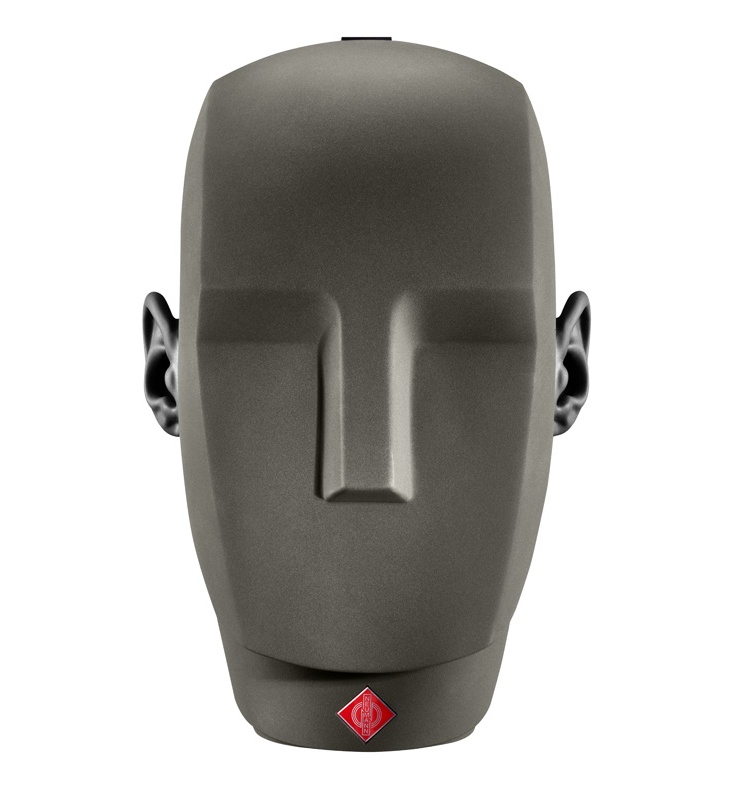deadkrillin
Member
- Joined
- Oct 12, 2023
- Messages
- 27
- Likes
- 43
- Thread Starter
- #21
Wow! Thanks so much for the reply Dr. Olive. I’ll keep my eyes out for the video.I was there and attended the talk. There will be a YouTube video of it soon. He showed listening results that the original 2019 Harnan target translated to the 5128 was rates the highest compard IE targets proposed by Headphones.com and the BK5128 DF.
Oh wow, so you expanded the amount of HATS measurements from the old -30 degree/0 degree/30 degree arrangement from the prior studies! That’s super interesting.The in-room flat curve I measured with 19 speakers in our Reference Room is identical to the 5128 DF.
I’ll hold any questions until after the video is posted. Thank you again for popping in!





